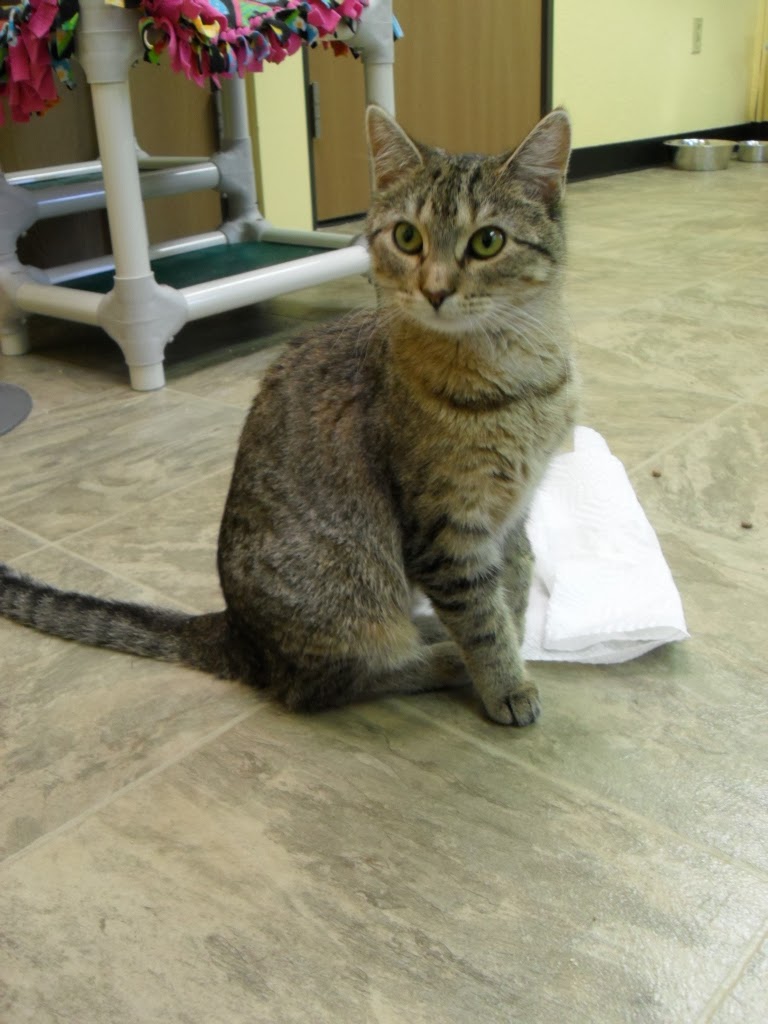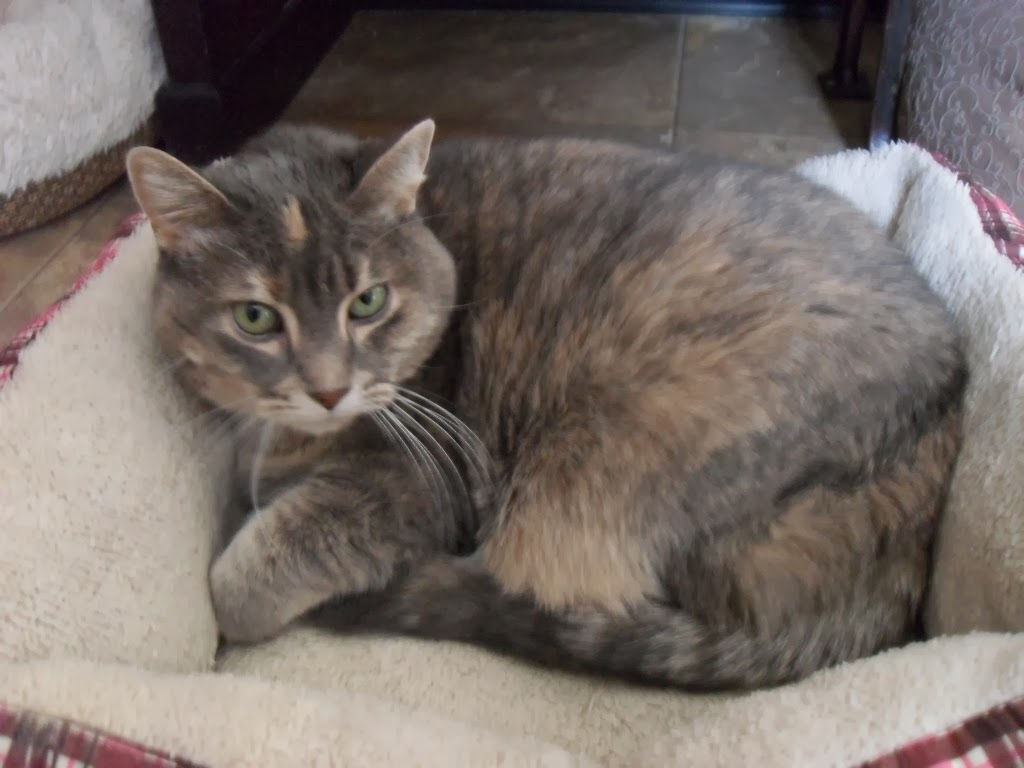1. Polydactyly is a genetic abnormality
Count your kitty’s toes. Odds are she has a total of 18, with five toes on each front paw and four on each rear. If your kitty is polydactyl, however, she might have as many as eight toes on any given paw. The word is Greek in origin, with "poly" meaning "many" and "daktylos" meaning "digits." Most polydactyls have extra toes on their front paws, which sometimes resemble thumbs and make your kitty look as though she's wearing adorable mittens. These extra digits are not opposable, which means your polydactyl cat will not be able to start feeding herself at 5 a.m.
2. Polydactyls are also known as Hemingway cats
When a ship captain gave a white polydactyl cat named Snowball to writer Ernest Hemingway, the captain kicked off a pretty fantastic obsession for one of history’s most prolific cat guys. At Hemingway’s island home off Key West, FL, he collected more than 50 cats, almost half of whom had extra toes. Thanks to his obsession, today polydactyls are frequently called “Hemingway cats.”
3. The world record for the most toes on a cat is 28
The Internet cannot agree on which polydactyl kitty actually has the most toes. According to
Guinness Records, the title belongs to Jake, a ginger tabby from Canada. He boasts seven toes on each paw, for a grand total of 28. Each toe has its own claw, pad, and bone structure.
4. Polydactyly is common in Maine Coons
Historically, polydactyly was a useful trait for
Maine Coon cats. For a breed originating in snowy Maine, doublewide paws with extra digits functioned as natural snowshoes. At one time, as many as 40 percent of all Maine Coons had extra toes. Though the trait is no longer as predominant in the breed, Maine Coon polydactyls are still recognized as an official breed by many cat fanciers.
5. Polydactyl cats were once considered good luck at sea
Back in the day, polydactyl cats got their sea legs by accompanying fishermen on many journeys. And they earned their keep -- they were rumored to be excellent mouse hunters, and their extra toes gave them better balance on ships that encountered rough waters. The cats' many travels might explain their widespread presence today, predominantly in the United States, Canada, England, and Wales.
.JPG)
.JPG)
.JPG)
.JPG)
.JPG)
.JPG)
.JPG)
.JPG)
.JPG)
.JPG)
.JPG)
.JPG)